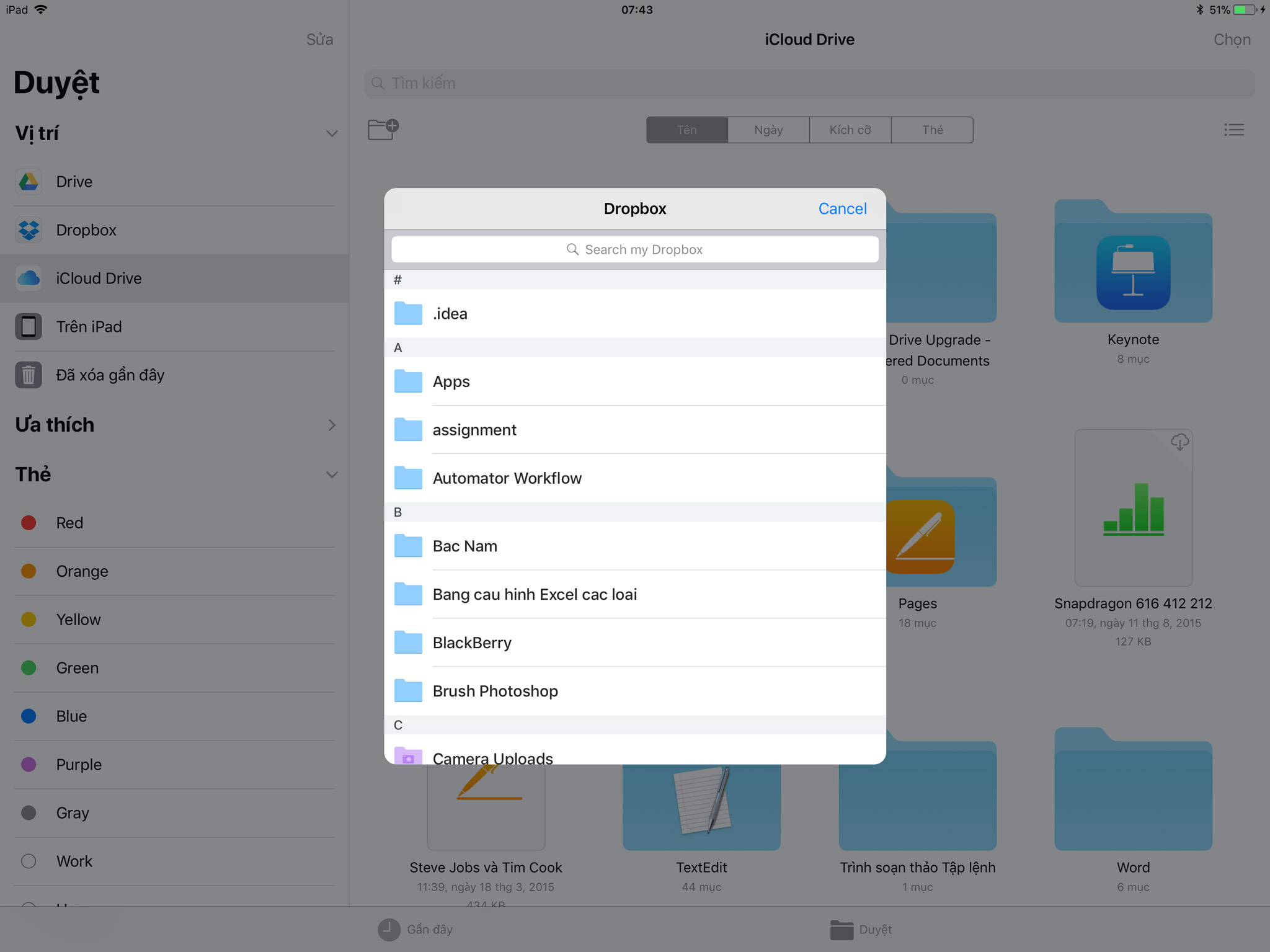

#GOOGLE DRIVE MASS RENAME PDF#
So is there an efficient/automated way to reorganize PDF names based on their content or metadata?Ģ. Businesses often end up having to manually rename PDF files an extremely time-consuming, error-prone & inefficient process.

For all practical concerns, they might have their own rules, or worse none at all. Organizing or identifying invoices renamed in this format would be so much more convenient and practical.īut it’s quite unrealistic to expect vendors or external parties to adhere to specific conventions such as “naming PDF files based on content” for each document they share. So vendor A might share a PDF invoice named “Vendor A” and vendor B might title their invoice “July2021 Vendor B”.Ī standardized file naming protocol would make life so much easier - e.g. Vendors follow different file naming conventions and invoicing formats. It is not uncommon for organizations to receive PDF documents with a string of unintelligible characters for a file name.įor example, organizations often receive invoices or proforma invoices as PDF files. The file names often have nothing to do with the underlying content of the document. But PDF file names are not standardized.īusinesses struggle to organize & identify large numbers of PDF files in their database. PDF files are convenient for sharing and storing vast amounts of data/information. *This allows users to identify files more quickly, and get some information about the documents without having to open them individually. * Precious man-hours are spent in renaming and organizing such documents for convenient reference. * This makes it hard to keep track of documents and identify them. * The file names often have nothing to do with the data they contain. * PDF files shared between organizations are named haphazardly. Rename PDF files based on content Why Rename PDF Files based on their content? Why Rename PDF Files based on their content?.Case Insensitive: Makes no differentiation between uppercase and lowercase filenames. Use Regular Expressions: This allows you to use search strings known as regular expressions, which enable more detailed search-and-replace operations. Replace All Occurrences: All matches of the text in the “Search for” field will be replaced with the “Replace with” field. Here’s what each option does when checked: In the Rename window, these three options change how your filenames are renamed. In the next text box, “Replace with,” enter what you want to rename your files to. In the “Search for” text box, type in a search term to look for. By default, Air Explorer uses a simple search-and-replace functionality. Once you see the window above, you can enter the criteria that will determine how your files are renamed. This is where you enter the criteria for renaming your files in bulk. Once the files are selected, right-click your mouse and click Rename from the dropdown menu. To rename your files quickly and easily, first go to the folder in the cloud where you have them stored, for example in Google Drive, and select all of them. On the other hand, if you select several files and click on “Rename” a window will open where you can rename several files at once. If you select a file, and right-click on “Rename” you can directly rename the file in the cloud. “Rename” is a utility that allows the user to rename one or several files at once. Air Explorer allows you to synchronise folders between clouds and to your computer, to search for files in all your clouds, to schedule synchronisations and to rename several files at the one time. Air Explorer also has a lot of additional tools that facilitate the work in your clouds. Air Explorer is a cloud manager that allows you to access and work with all your clouds.


 0 kommentar(er)
0 kommentar(er)
